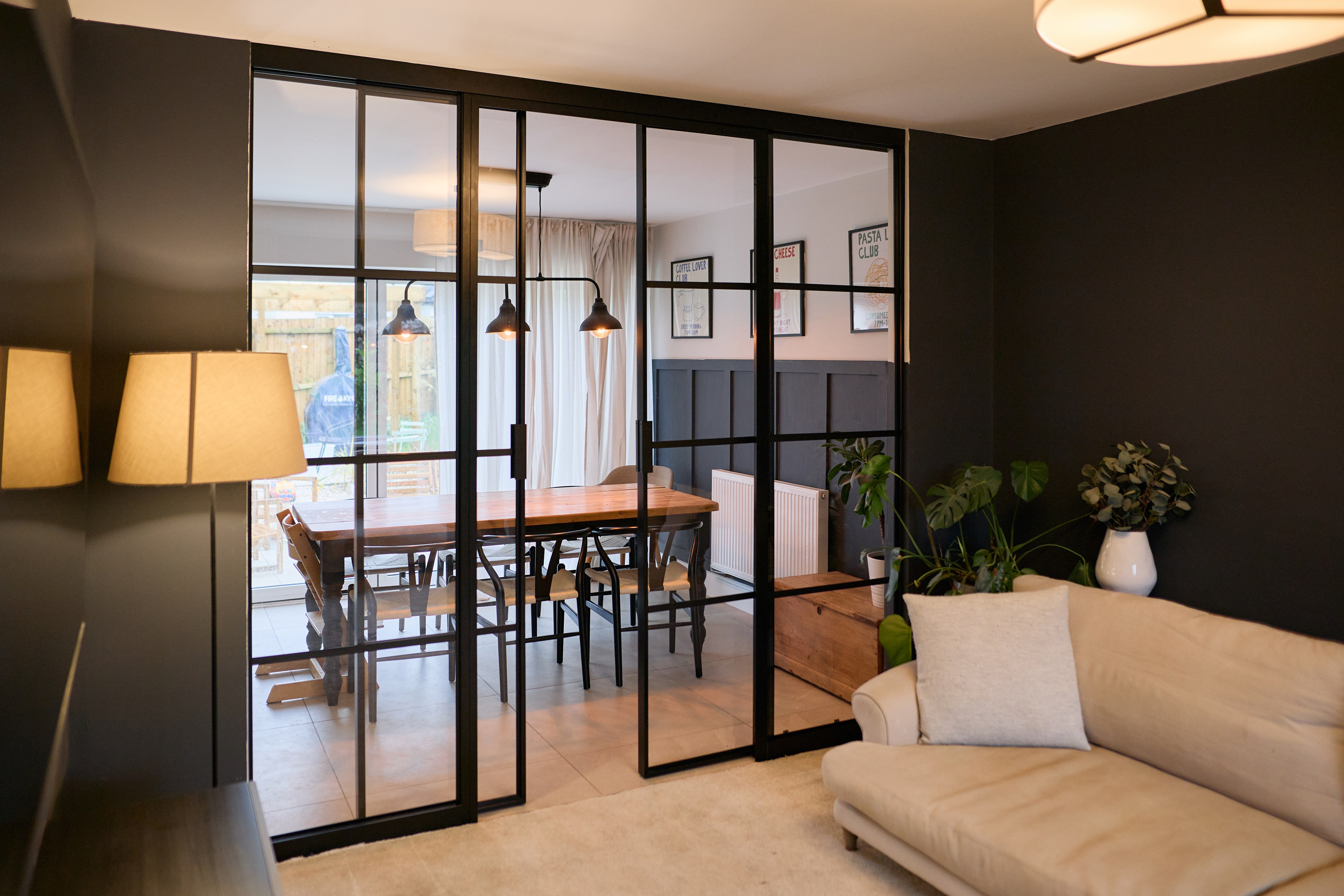Fixed rate or variable rate – what’s best?
-
 Sterlingbuild
Sterlingbuild - 20 Sep 2022
- 4views
- Reading time: 6 minutes
Fixed rate or variable rate – what’s best?
Fixed rate or variable rate – what’s best?
Fixed rate or variable rate – what’s best?
With energy bills on the rise, it may be tempting to switch
.jpg)
2022 will be remembered for a lot of things, but without question the single thing most will remember is the massive impact from rising energy bills.
With
The possible results from not capping energy prices could mean not just the forced closure of small businesses and venues due to the drop in footfall and trade but, more importantly, the risk to householders of losing their homes from missed payments and rising costs.
To address this
The talk about rising bills fuelled another important discussion as to whether changing to a fixed rate was better than a variable rate for paying bills. As the issue is only believed to be a short term solution, we will take a look at both to help you determine what is best for your circumstances.
What is variable rate?
.jpg)
A variable rate is an energy provider’s default rate, otherwise known as a standard variable tariff (SVT). This way, you essentially only pay for what you use and are charged at the rate of the tariff.
The tariff can and does fluctuate, so it goes up and go down – on the one hand, this can make it difficult for you to budget, but on the other, you can save money depending on how much you use or take advantage of when it is low to use it more at little extra cost.
Either way, you are charged at the rate of the price cap and what you pay is determined by that.
Generally speaking, variable rate customers set up a direct debit with their energy provider – either monthly or quarterly – and after an estimation by their energy provider for annual usage, a charge comes out of the
The
Over a 12-month period, if you have overpaid, you will receive either credit – which you can use to essentially get months of energy for free – or a rebate, at which point point your annual estimate is recalculated
Equally, If you have underpaid, your bills will increase following a new estimate (again based upon your previous year's consumption) and,
Quick tip: You can ask your energy provider to set up a variable direct debit, which takes out what you have used. While this is beneficial in the summer, do be aware that the monthly payment could increase significantly
So how is fixed rate different?
.jpg)
A fixed rate contract is exactly that – you agree a set price for energy when you start and you’re normally locked in for a few years. For example, whatever the rate of electricity is when you start, will be the same when you end.
This doesn’t mean you can go wild and use as much as you like – it just means however much you use will always be priced by the cost per unit you agreed at the start.
This makes it easier to manage your budget, as you can calculate how much your bill will be by working out what you have used and multiply that by the agreed charge, then add on the standing charge.
As you’re in a contract, you will need to either look to renew, find another one or switch to a variable rate when it expires, so just be aware that your current provider
If you do choose to change before your contract termination date, there is often a
Much like the variable rate direct debit option, whatever you use for the month will be withdrawn
Importantly, given the rise in prices, fixed rate terms do not apply to the price cap – so if you have secured a good rate,
What should I choose then?
.jpg)
This is where the price cap announcement has changed things – drastically, too. Before the freeze, the advice would’ve been to look at fixed rates as a matter of urgency.
This advice that was shared by the likes of Martin Lewis (aka Money Saving Expert - www.moneysavingexpert.com)
At present, as
What is worth noting for those already on fixed terms though, is that what you pay may actually be reduced and will definitely not go up – which will be a huge sigh of relief for thousands across the country.
This advice applies to those who have started fixed term deals over
It is still worth keeping an eye out for fixed term deals – especially as we approach 2024 as the price cap will be reviewed again that year, so there could be some deals to be had.
Regardless, we do understand just how much stress and anxiety this has caused people – we all feel it too and it’s important we stick together in times like these to help each other out, which is what we are trying to with articles such as these.
For more tips on how to find the best energy deal, why not try Money Saving Expert's energy bill calculator to see if you are on the best deal for your circumstances -
moneysavingexpert.com/what-are-the-price-cap-unit-rates-/








